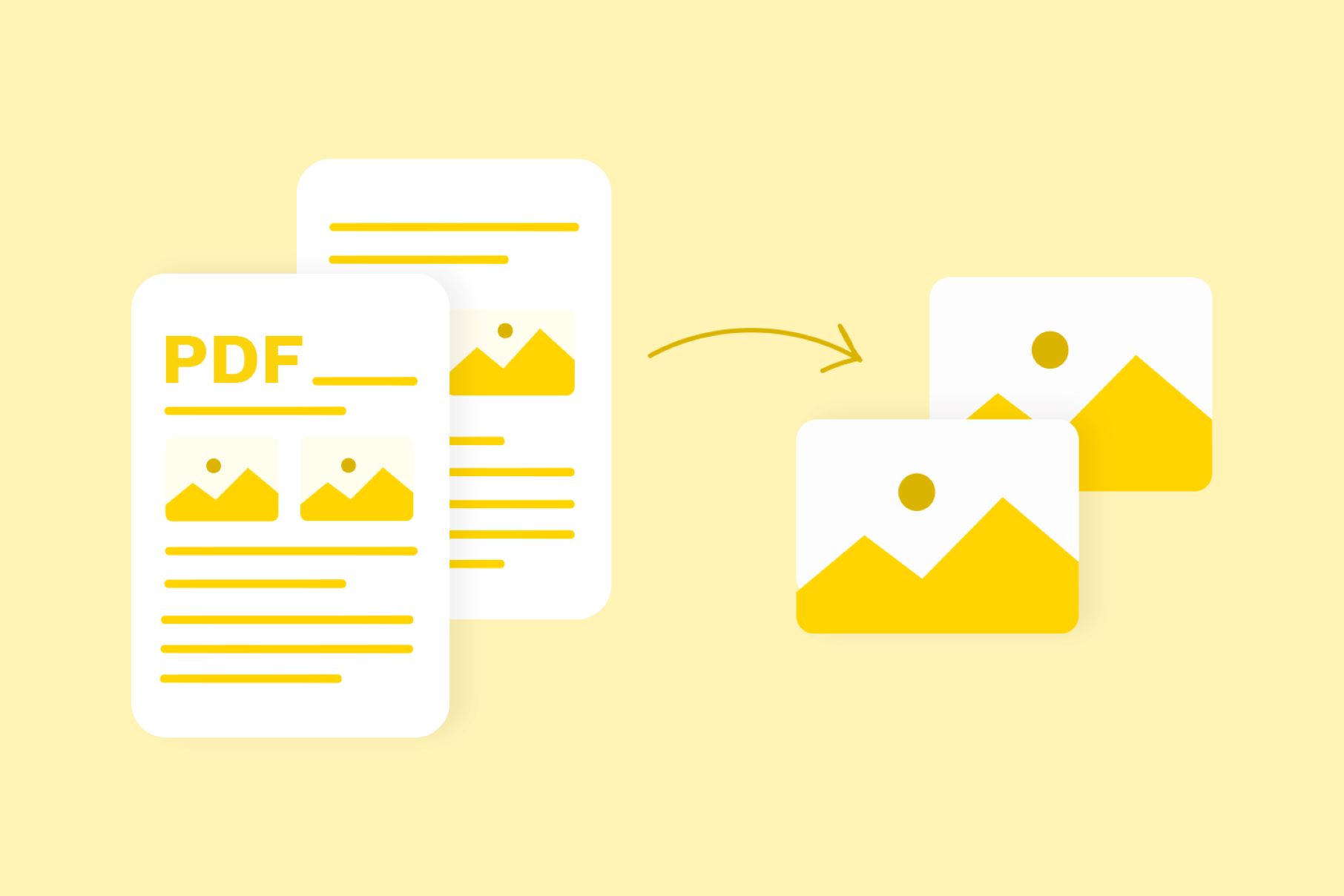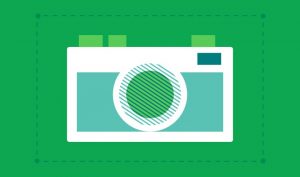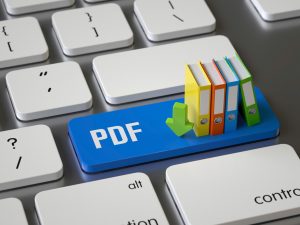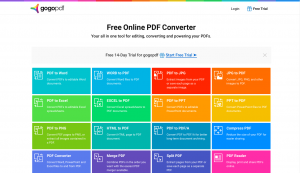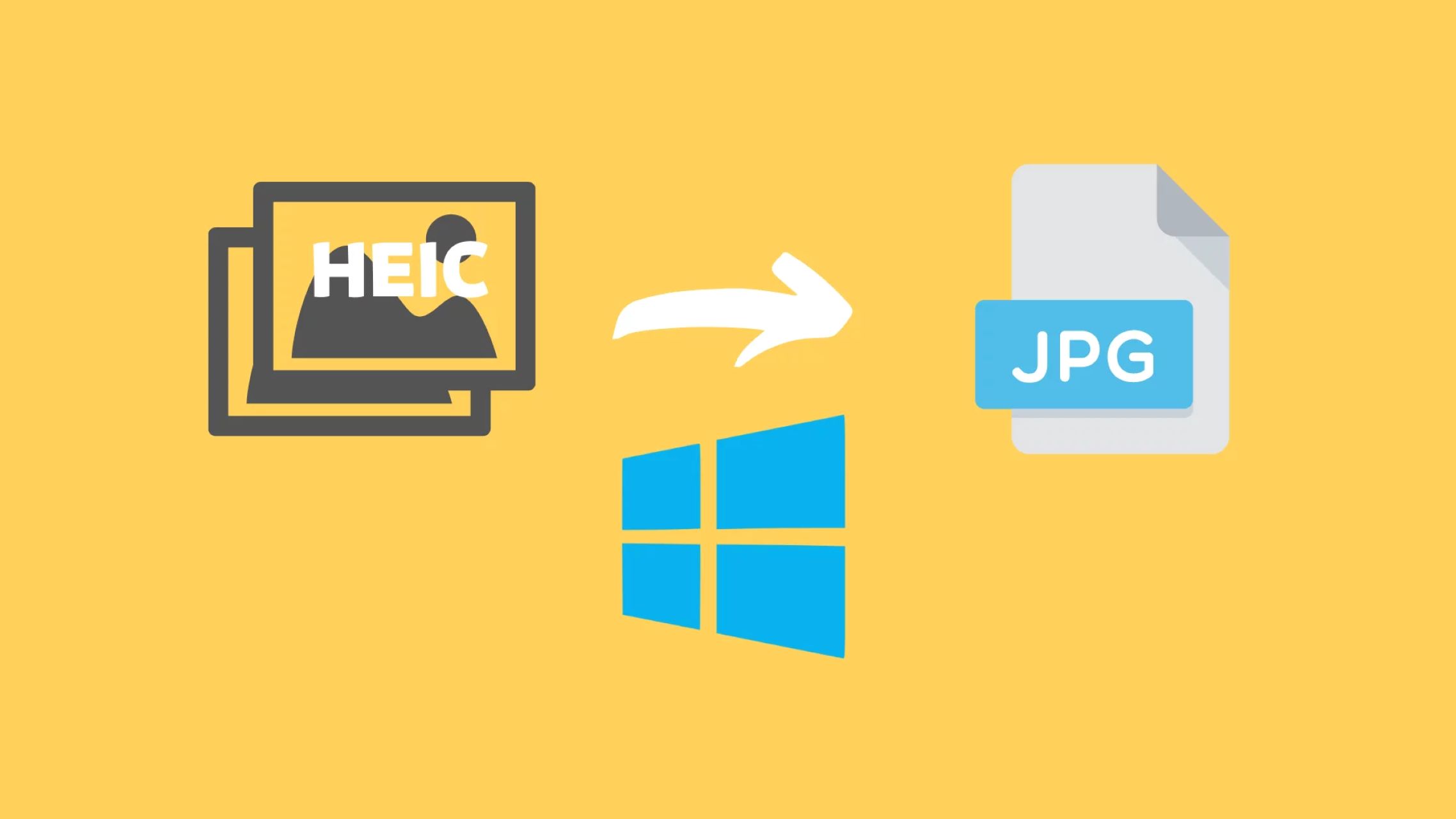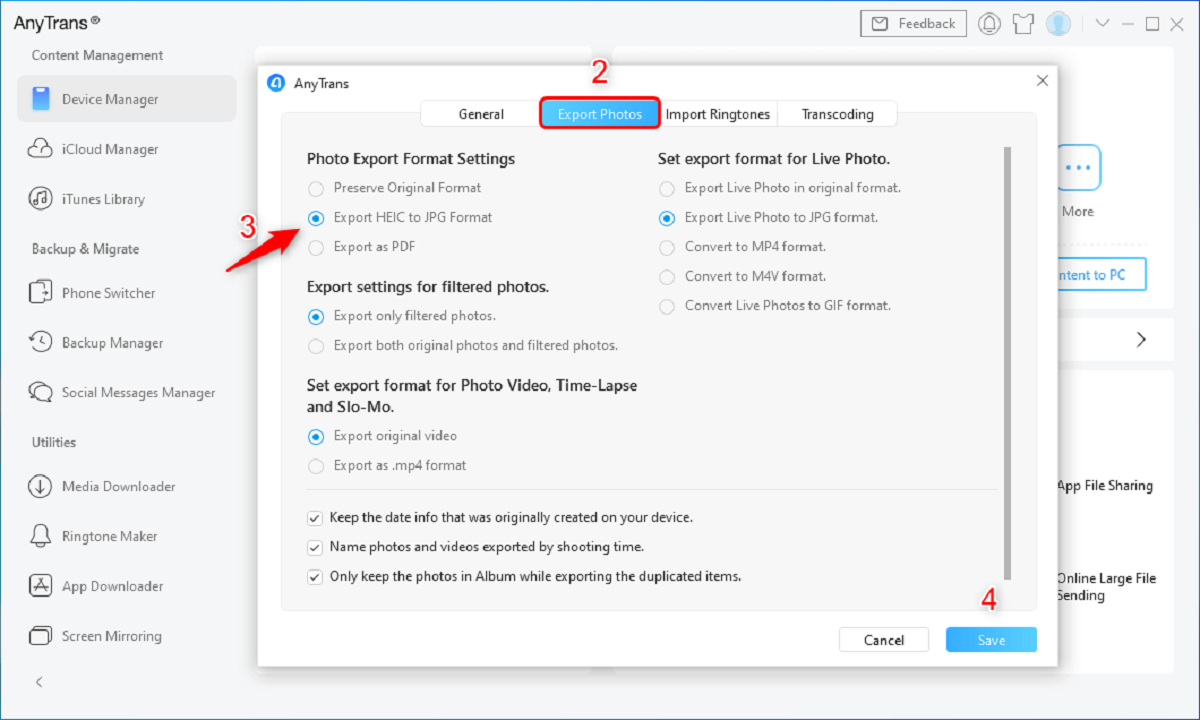Introduction
Converting JPG images to PDF format is a common task that many Windows users need to accomplish. Whether you want to share multiple images as a single PDF document or need to preserve the quality and formatting of your images, converting JPG to PDF can be incredibly useful.
Fortunately, there are multiple methods available to convert JPG to PDF on Windows. In this article, we will explore four different approaches to help you accomplish this task. By the end of this article, you will have a clear understanding of how to convert your JPG images to PDF format and choose the method that best suits your needs.
Whether you prefer using built-in Windows features, third-party software, or online conversion websites, we have you covered. From the simplicity of Microsoft Print to PDF to the powerful capabilities of Adobe Acrobat, there is a method for every level of user expertise.
But before we dive into the methods, let’s discuss why you might need to convert JPG to PDF. PDF, or Portable Document Format, is widely supported across various devices and platforms, making it easy to share and view documents. Converting JPG images to PDF allows you to consolidate multiple images into a single, easily accessible file.
Furthermore, PDF files retain the quality and formatting of the original images, ensuring that your visual content is preserved. This is especially important when sharing important documents or presenting professional portfolios where image quality is crucial. By converting your JPG images to PDF, you can maintain high-resolution images and ensure that your content looks its best.
Now, let’s explore the different methods you can use to convert your JPG images to PDF on a Windows operating system.
Method 1: Using Microsoft Print to PDF
One of the simplest and built-in methods to convert JPG to PDF on Windows is by using the “Microsoft Print to PDF” feature. This feature is available in most Windows operating systems, making it a convenient option for many users.
To convert your JPG images to PDF using Microsoft Print to PDF, follow these steps:
- Open the folder containing the JPG images that you want to convert to PDF.
- Select all the JPG files that you want to include in the PDF. To select multiple files, hold down the Ctrl key while clicking on the desired files.
- Right-click on the selected images and choose “Print”.
- In the Print Pictures window, select “Microsoft Print to PDF” as the printer.
- Choose the desired layout options, such as the paper size and orientation.
- Click on the “Print” button to start the conversion process.
- In the “Save Print Output As” window, choose the location where you want to save the PDF file.
- Enter a filename for the PDF and click on the “Save” button.
The Microsoft Print to PDF feature will then convert the selected JPG images into a single PDF file, which will be saved at the specified location.
This method is straightforward and doesn’t require any additional software installation. However, keep in mind that the options for customization are limited compared to other methods. If you need more advanced features or want to adjust the settings further, consider using alternative methods such as Adobe Acrobat or online conversion websites.
Now that you know how to convert JPG to PDF using Microsoft Print to PDF, let’s explore another useful method in the next section.
Method 2: Using Adobe Acrobat
If you require more advanced features and customization options, using Adobe Acrobat to convert your JPG images to PDF is a reliable choice. Adobe Acrobat is a widely used software for creating, editing, and managing PDF documents.
Follow these steps to convert JPG to PDF using Adobe Acrobat:
- Launch Adobe Acrobat on your Windows computer.
- Click on the “Create PDF” button in the toolbar.
- Select “Multiple Files” from the drop-down menu.
- In the “Create Multiple PDF Files” dialog box, click on the “Add Files” button to select the JPG images you want to convert.
- Hold down the Ctrl key to select multiple images, or use the Shift key to select a range of images.
- Click on the “OK” button to add the selected images to the conversion list.
- Adjust the order of the images if necessary by dragging and dropping them within the list.
- Specify the output location for the converted PDF files.
- Click on the “Create” button to start the conversion process.
- Adobe Acrobat will then convert the selected JPG images into separate PDF files.
- To merge the individual PDF files into a single PDF document, go to the “Combine Files” option in the “Create” tab.
- Select the converted PDF files you want to merge, arrange their order if needed, and click on the “Combine Files” button.
- Specify the location and filename for the merged PDF file and click “Save”.
Using Adobe Acrobat provides a wide range of options for customization, including adjusting the quality of the images, adding watermarks or annotations, and controlling the compression settings for the PDF. Additionally, you can merge multiple PDF files into a single document, offering more flexibility in organizing your files.
However, it’s important to note that Adobe Acrobat is a paid software. If you don’t have access to Adobe Acrobat or prefer a free solution, you can explore the next method, which involves using online conversion websites.
Stay tuned to unleash the power of online conversion websites in the next section!
Method 3: Using Online Conversion Websites
If you don’t have access to specific software or prefer a convenient and quick solution, using online conversion websites can be an excellent option to convert your JPG images to PDF. These websites allow you to upload and convert your files directly from your browser without the need for any additional installations or software.
To convert JPG to PDF using online conversion websites, follow these steps:
- Open your preferred web browser and search for reputable online conversion websites.
- Select a reliable and user-friendly website that offers JPG to PDF conversion.
- Click on the “Choose File” button to upload your JPG images from your computer.
- If the website allows multiple file conversion, select all the JPG images you want to convert.
- Once all the files have been uploaded, click on the “Convert” or “Start” button to begin the conversion process.
- Wait for the website to convert your JPG images to PDF format. The time taken may vary depending on the file size and the website’s processing speed.
- Once the conversion is complete, the website will provide a download link or automatically download the converted PDF file to your computer.
- Save the PDF file to your desired location on your computer.
Using online conversion websites is a convenient solution, especially if you only need to convert JPG images to PDF occasionally and don’t want to install additional software. However, keep in mind that the availability and performance of these websites may vary, and some websites may have limitations on file size or the number of files you can convert.
It is recommended to choose reputable websites and be cautious of any potential privacy and security concerns when uploading your files to these websites. Consider doing some research or reading reviews before using a particular online conversion website.
Now that you are familiar with converting JPG to PDF using online conversion websites, let’s explore another method that involves using PDF conversion software.
Method 4: Using PDF Conversion Software
If you frequently convert JPG images to PDF and require advanced features and extensive customization options, using PDF conversion software is the ideal choice. PDF conversion software offers a range of powerful tools to manipulate, edit, and convert documents to PDF format.
To convert JPG to PDF using PDF conversion software, follow these steps:
- Download and install a reliable PDF conversion software onto your Windows computer. There are many options available, such as Adobe Acrobat Pro, Nitro Pro, or Foxit PhantomPDF.
- Launch the PDF conversion software on your computer.
- Locate the option or feature that allows you to convert files to PDF format. This can typically be found in the “File” or “Convert” menu.
- Select the JPG images that you want to convert to PDF. Some software may allow you to select multiple files at once.
- Adjust the conversion settings if needed. This may include options to set the compression level, image quality, or page layout.
- Choose the destination folder or specify the location where you want the converted PDF file to be saved.
- Click on the “Convert” or “Start” button to begin the conversion process.
- Wait for the software to convert your JPG images to PDF format. Conversion times may vary depending on the software and the file sizes.
- Once the conversion is complete, the software will typically provide a notification or open the saved PDF file for you to review.
- Review the converted PDF file to ensure the quality and formatting have been preserved.
Using PDF conversion software gives you greater control over the conversion process and offers advanced features for editing, manipulating, and securing your PDF files. You have the ability to customize various aspects such as image quality, compression, and page layout, allowing you to achieve the desired results.
However, it’s important to note that PDF conversion software may come at a cost, and depending on your needs, you may need to purchase a license or subscription to access all the features. Take the time to explore different software options and choose the one that best fits your requirements and budget.
Now that you are familiar with using PDF conversion software, let’s summarize the methods discussed in this article before concluding.
Conclusion
Converting JPG images to PDF format on Windows is a simple and valuable task. Whether you choose to use the built-in “Microsoft Print to PDF” feature, powerful software like Adobe Acrobat, convenient online conversion websites, or dedicated PDF conversion software, there are various options available to suit your needs.
Using Microsoft Print to PDF provides a straightforward approach for basic conversion needs, while Adobe Acrobat offers advanced features and customization options. Online conversion websites are great for occasional conversions without the need for any software installation, and PDF conversion software provides extensive tools and control over the conversion process.
Before selecting a method, consider your specific requirements such as customization options, frequency of use, and budget. Additionally, ensure the security and reputation of any online conversion website you choose to use.
Now that you have a good understanding of the different methods available, you can confidently convert your JPG images to PDF on your Windows system. Choose the method that best suits your needs and begin converting your images into high-quality PDF documents that are easy to view, share, and preserve.
Remember, whether you’re an amateur photographer, a professional designer, or simply need to convert images for various purposes, having the ability to convert JPG files to PDF format is a valuable skill. Enjoy the ease and convenience of converting your images to PDF on Windows, and take advantage of the wide range of applications that come with this versatile file format.









